A new paper explores how generative AI is transforming the way we interact with the dead, from virtual reality reunions to lifelike digital avatars.


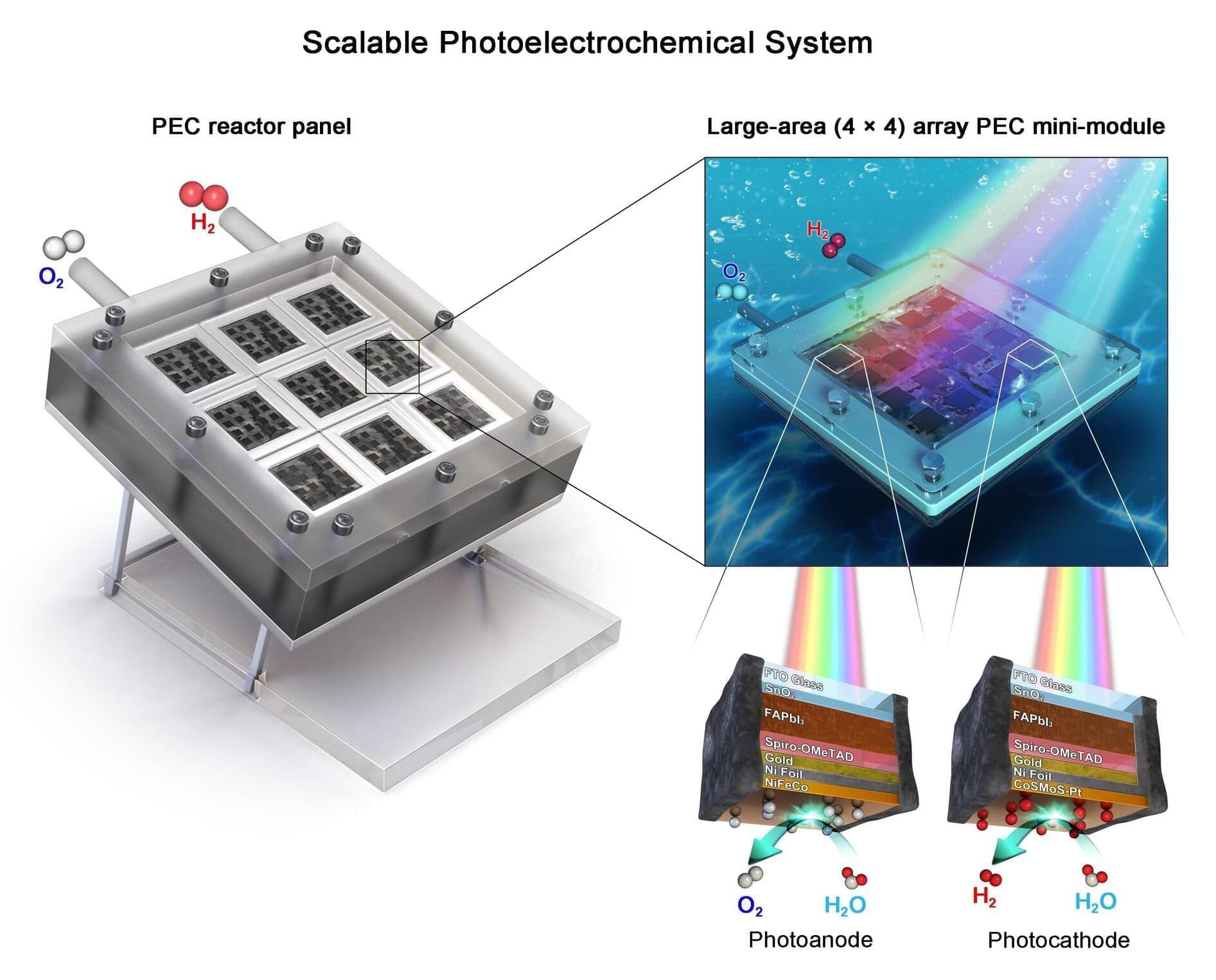
A research team affiliated with UNIST has introduced a cutting-edge modular artificial leaf that simultaneously meets high efficiency, long-term stability, and scalability requirements—marking a major step forward in green hydrogen production technology essential for achieving carbon neutrality.
Jointly led by Professors Jae Sung Lee, Sang Il Seok, and Ji-Wook Jang from the School of Energy and Chemical Engineering, this innovative system mimics natural leaves by producing hydrogen solely from sunlight and water, without requiring external power sources or emitting carbon dioxide during the process—a clean hydrogen production method. The study is published in Nature Communications.
Unlike conventional photovoltaic-electrochemical (PV-EC) systems, which generate electricity before producing hydrogen, this direct solar-to-chemical conversion approach reduces losses associated with electrical resistance and minimizes installation footprint. However, prior challenges related to low efficiency, durability, and scalability hindered commercial deployment.

The use of electronics in various forms is on the rise, from wearable devices like smartwatches to implantable devices like body-implanted sensors, skin-worn smart patches, and disposable monitoring devices. These devices, which are inevitably discarded after use, contribute to the growing problem of electronic waste (e-waste), a significant environmental concern.
The Korea Institute of Science and Technology (KIST) has announced that a joint research team, led by Dr. Sangho Cho of the Center for Extreme Materials Research and Dr. Yongho Joo of the Center for Functional Composite Materials Research, has developed a polymeric material that offers high-performance data storage while completely degrading within days when immersed in water. The research is published in the journal Angewandte Chemie International Edition.
The material is biocompatible and stable enough for implantation in the human body, and the onset of degradation can be controlled by adjusting the thickness and the composition of the protective layer. Once this protective layer dissolves, the material degrades naturally in water within approximately three days, without leaving any residue.
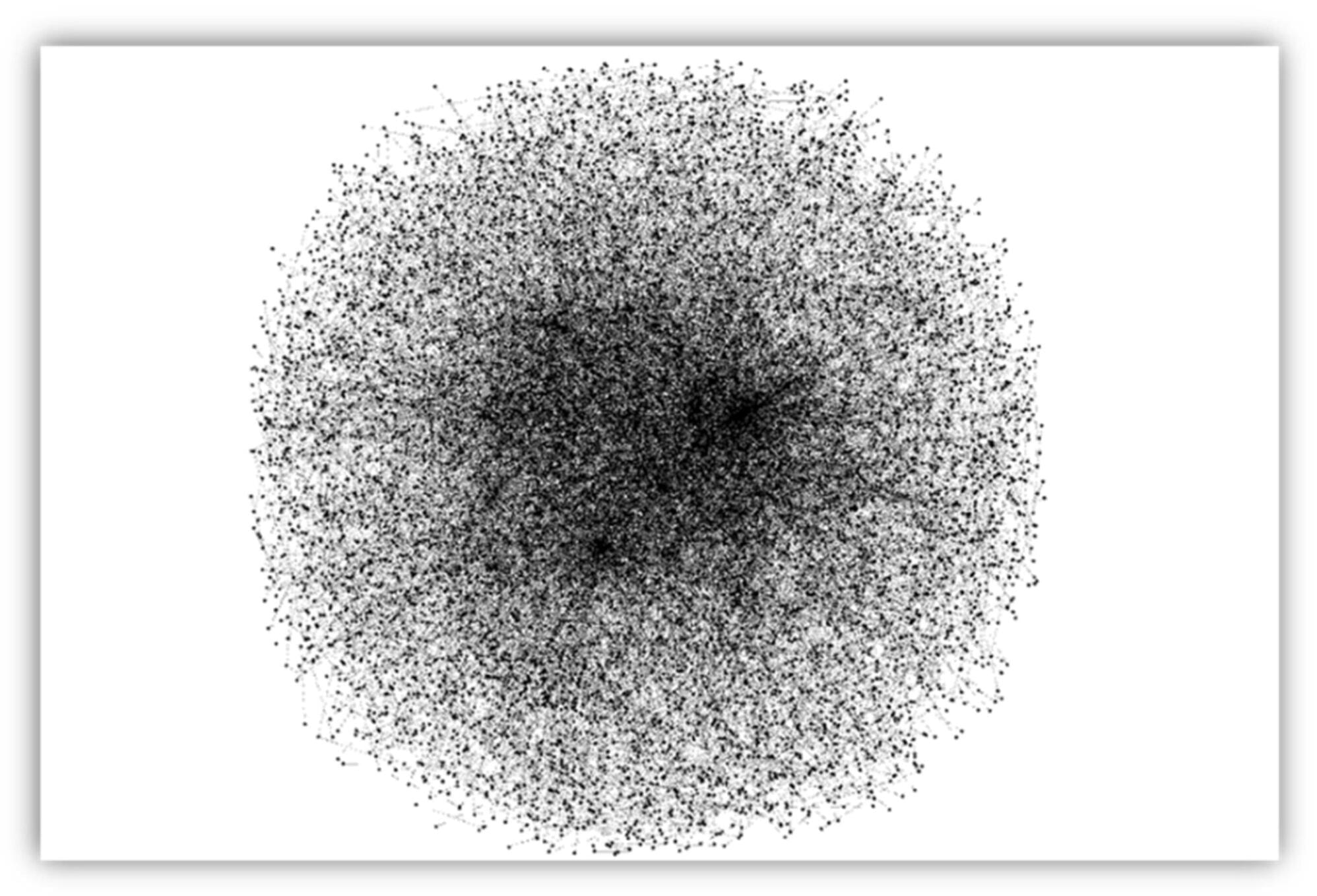
Researchers have discovered a modern solution to detect vault applications (apps) on smartphones, which could be a game-changer for law enforcement. The paper is published in the journal Future Internet.
The analysis, led by researchers from Edith Cowan University (ECU) and University of Southern Queensland, demonstrates that machine learning (ML) can be used to effectively identify vault apps.
Smartphones are an integral part of daily life, used by an estimated 5 billion people around the world.

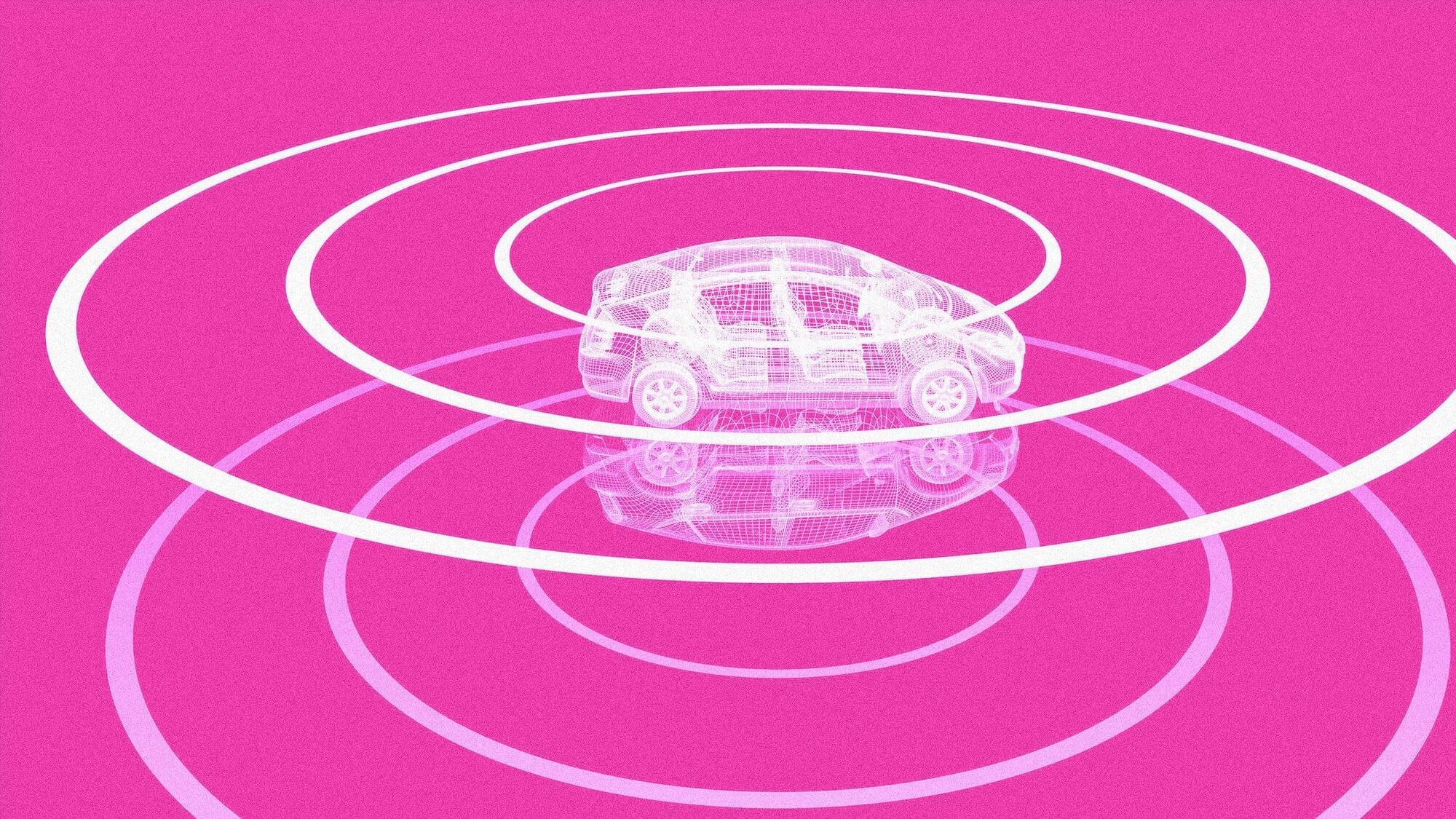

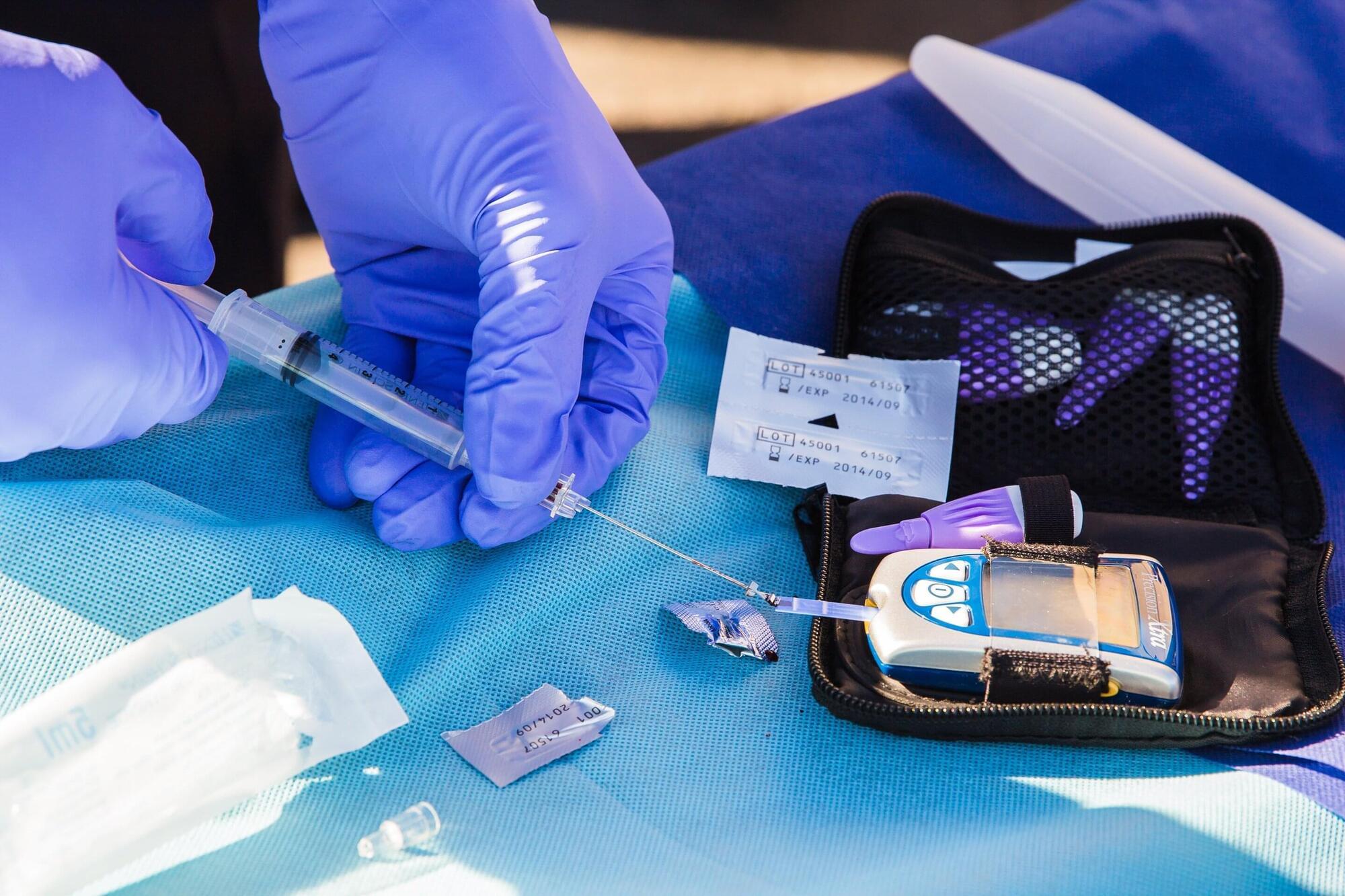
A drug commonly used to treat type 2 diabetes may reduce excess fluid in the brains of patients with hydrocephalus, which could help treat the disease less invasively than current treatments, according to a Northwestern Medicine study published in the Journal of Clinical Investigation.
Stephen Magill, MD, Ph.D., assistant professor of Neurological Surgery, was senior author of the study.
Normal pressure hydrocephalus occurs when excess cerebrospinal fluid builds up inside the skull and puts pressure on the brain. The cause of the condition is elusive and affects up to 3% of individuals over the age of 65, with symptoms including cognitive decline, difficulty walking and bladder problems.
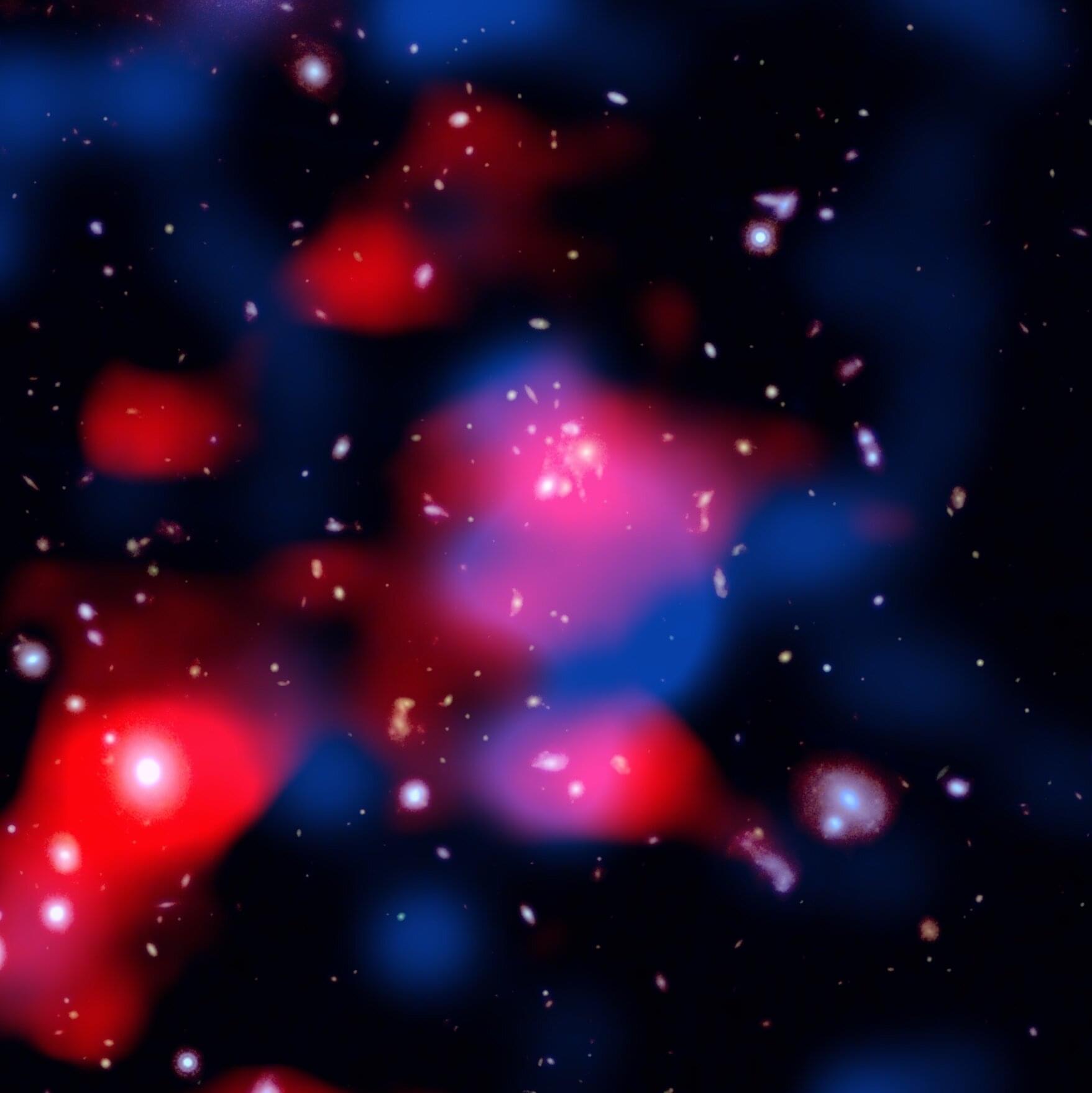
The researchers analyzed data from the Low Frequency Array (LOFAR) radio telescope, a vast network of over 100,000 small antennas spanning eight European countries.
While studying a galaxy cluster named SpARCS1049, the researchers detected a faint, widespread radio signal. They found that it did not emanate from individual galaxies, but from a vast region of space filled with high-energy particles and magnetic fields.
Stretching over a million light-years, this diffuse glow is a telltale sign of a mini-halo, a structure astronomers have only been able to observe in the nearby universe up until now.
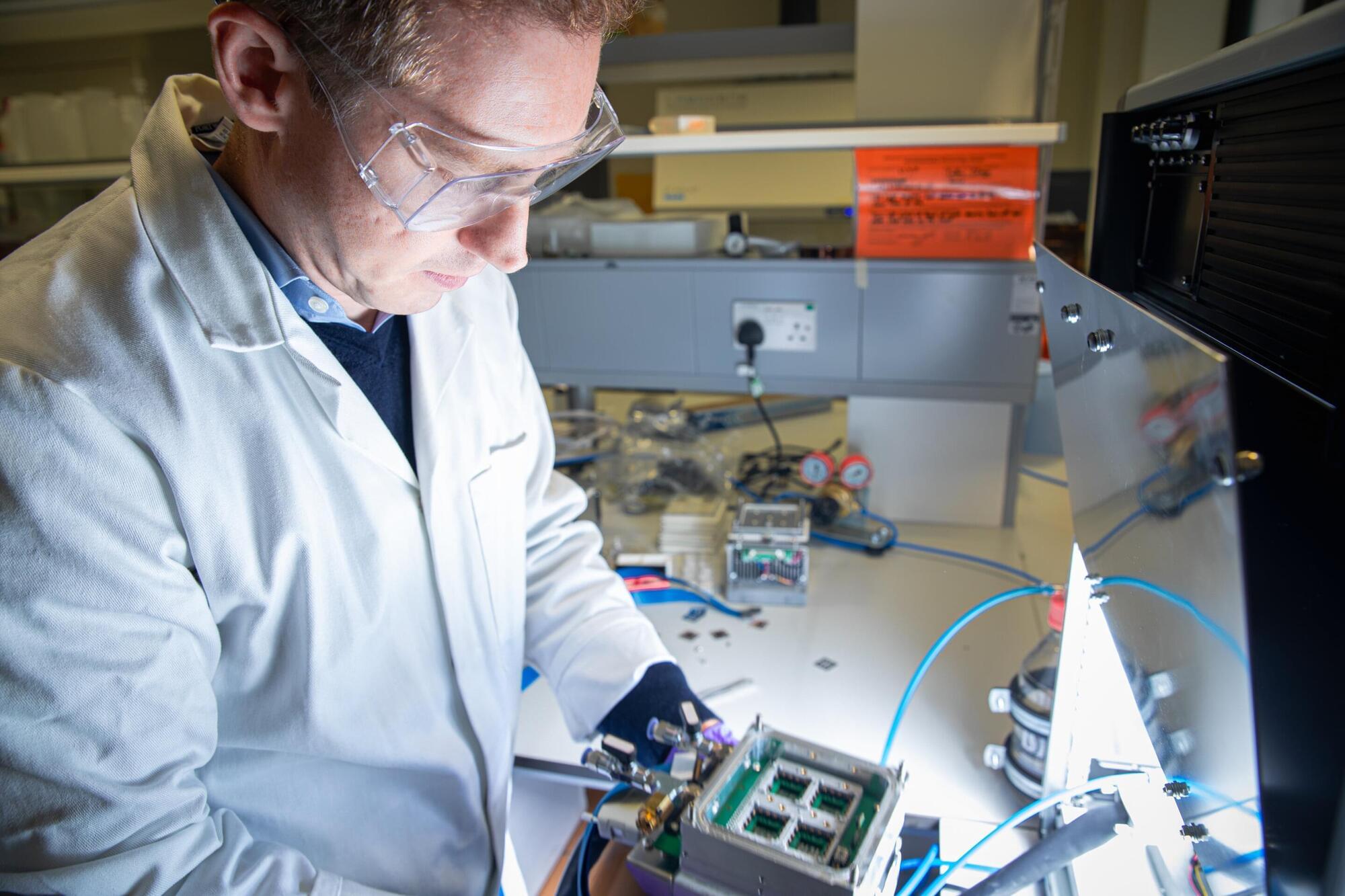
A new study, published in Nature Nanotechnology and featured on the journal’s front cover this month, has uncovered insights into the tiny structures that could take solar energy to the next level.
Researchers from the Department of Chemical Engineering and Biotechnology (CEB) have found that dynamic nanodomains within lead halide perovskites—materials at the forefront of solar cell innovation—hold a key to boosting their efficiency and stability. The findings reveal the nature of these microscopic structures, and how they impact the way electrons are energized by light and transported through the material, offering insights into more efficient solar cells.
The study was led by Milos Dubajic and Professor Sam Stranks from the Optoelectronic Materials and Device Spectroscopy Group at CEB, in collaboration with an international network, with key contributions from Imperial College London, UNSW Sydney, Colorado State University, ANSTO Sydney, and synchrotron facilities in Australia, the UK, and Germany.